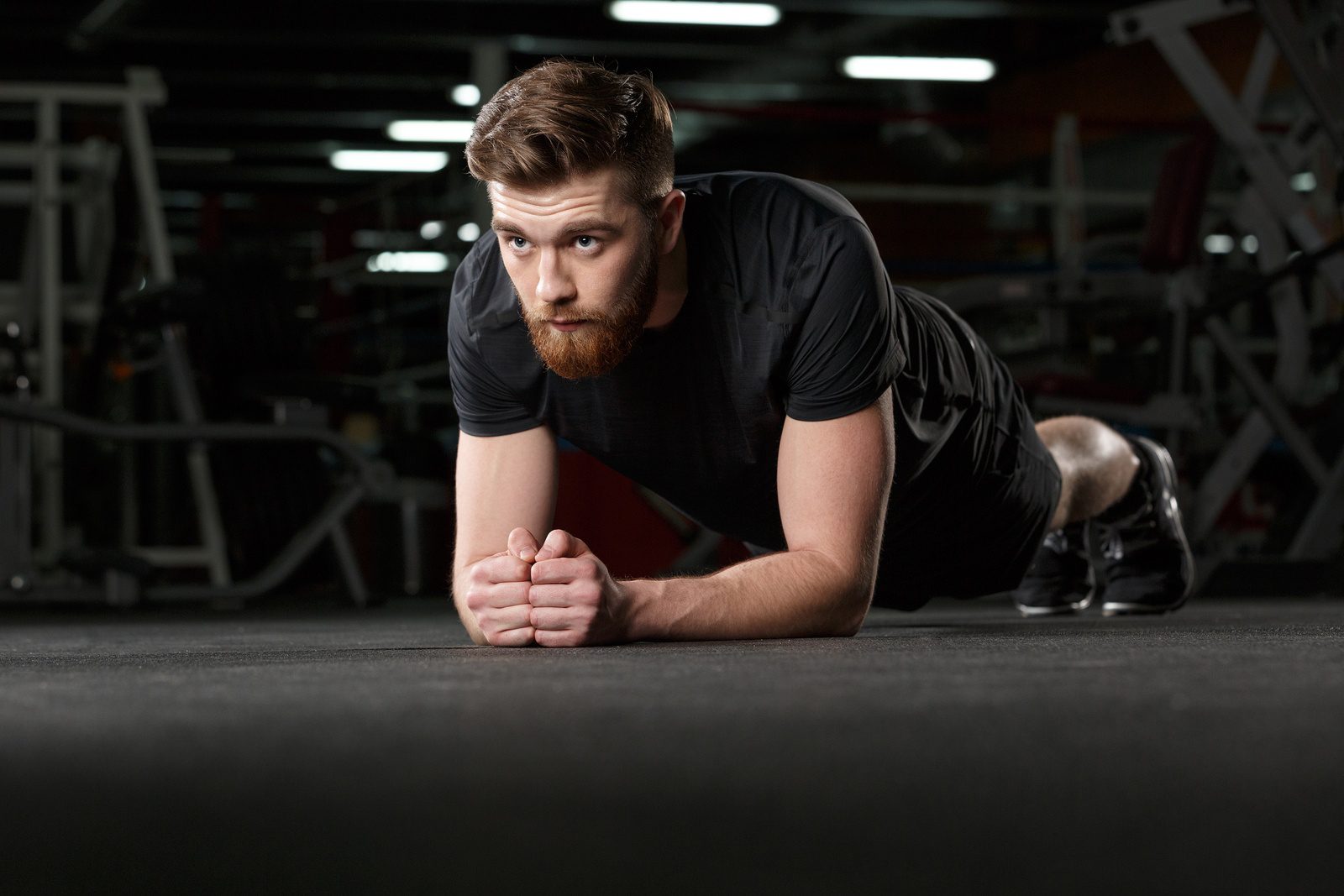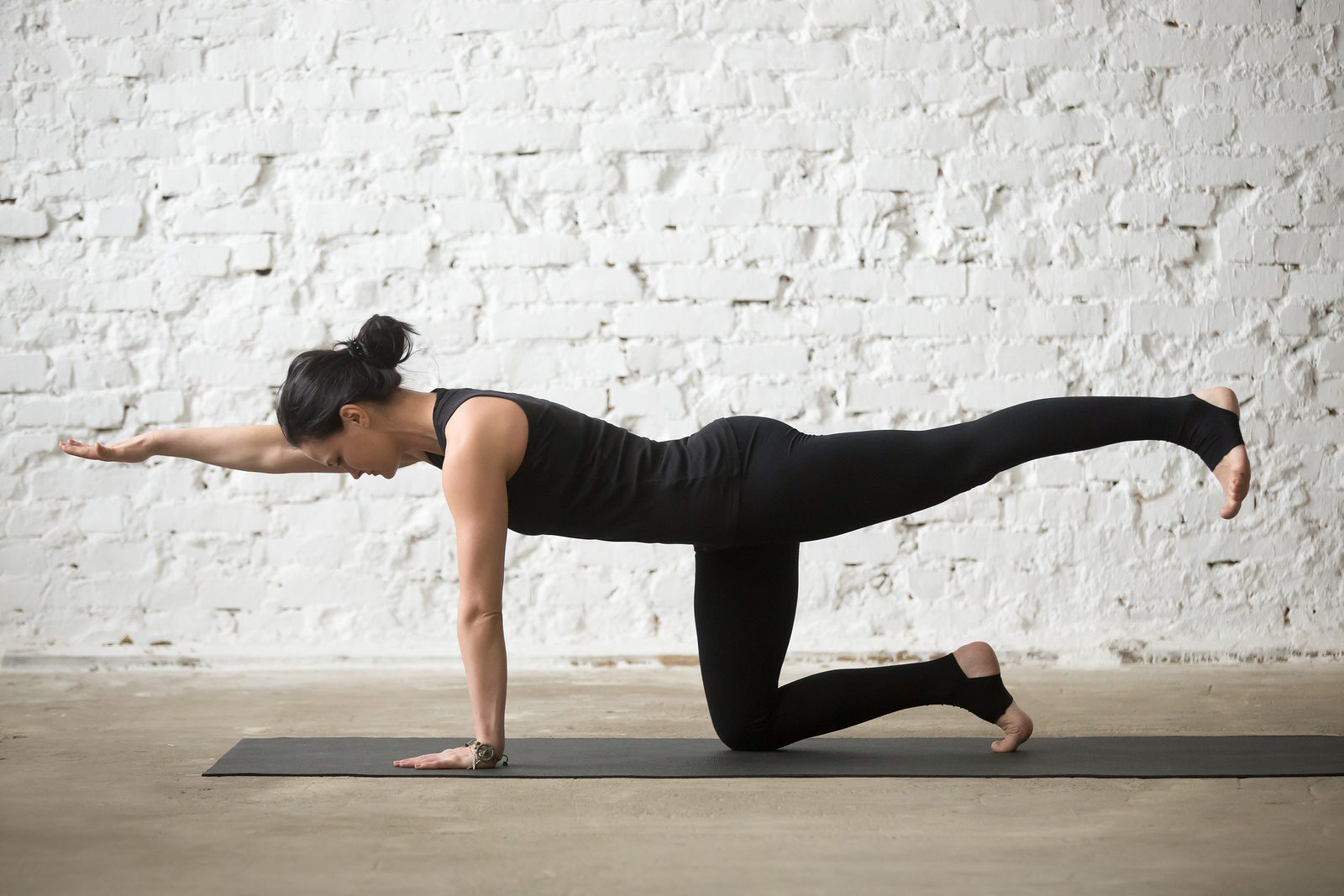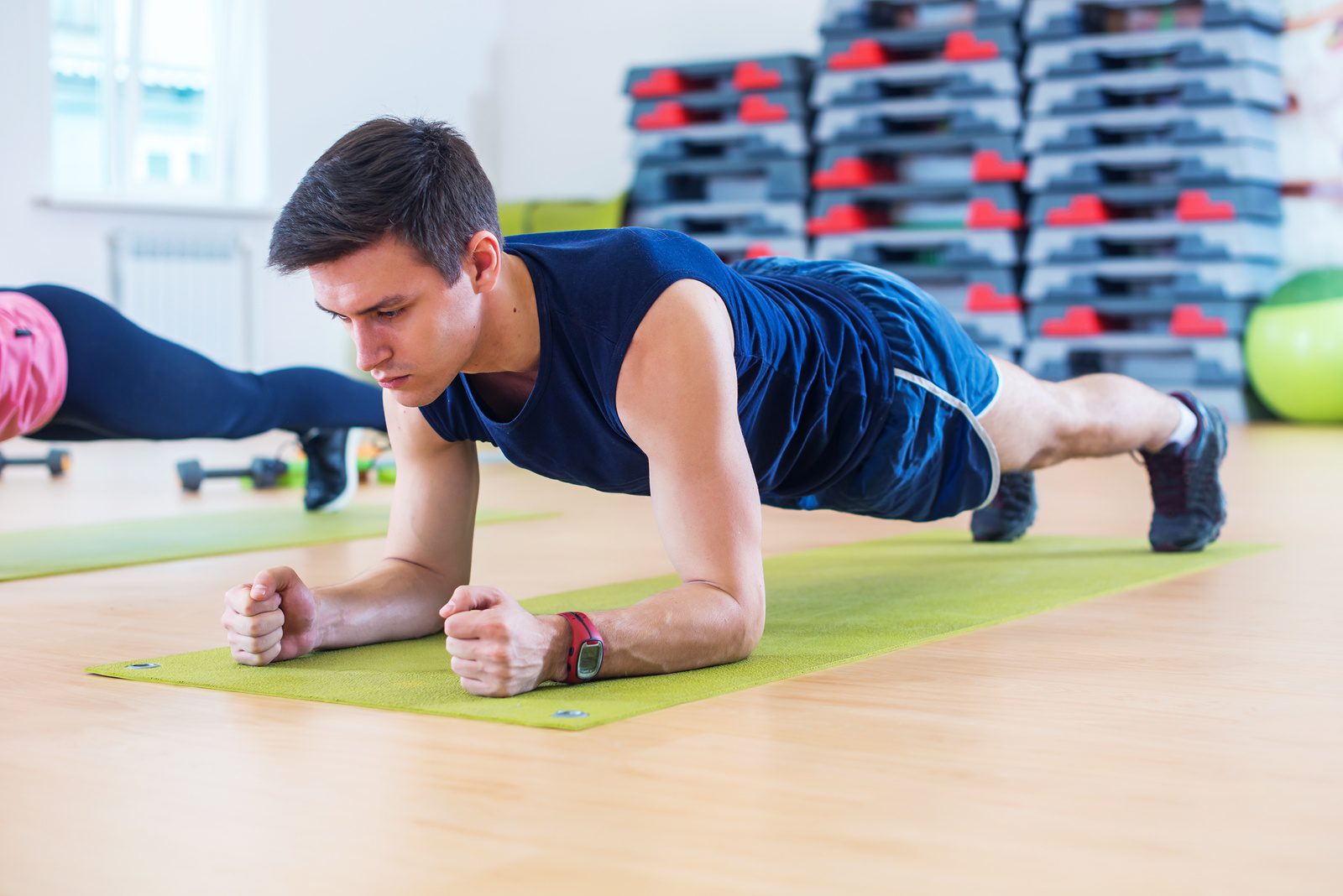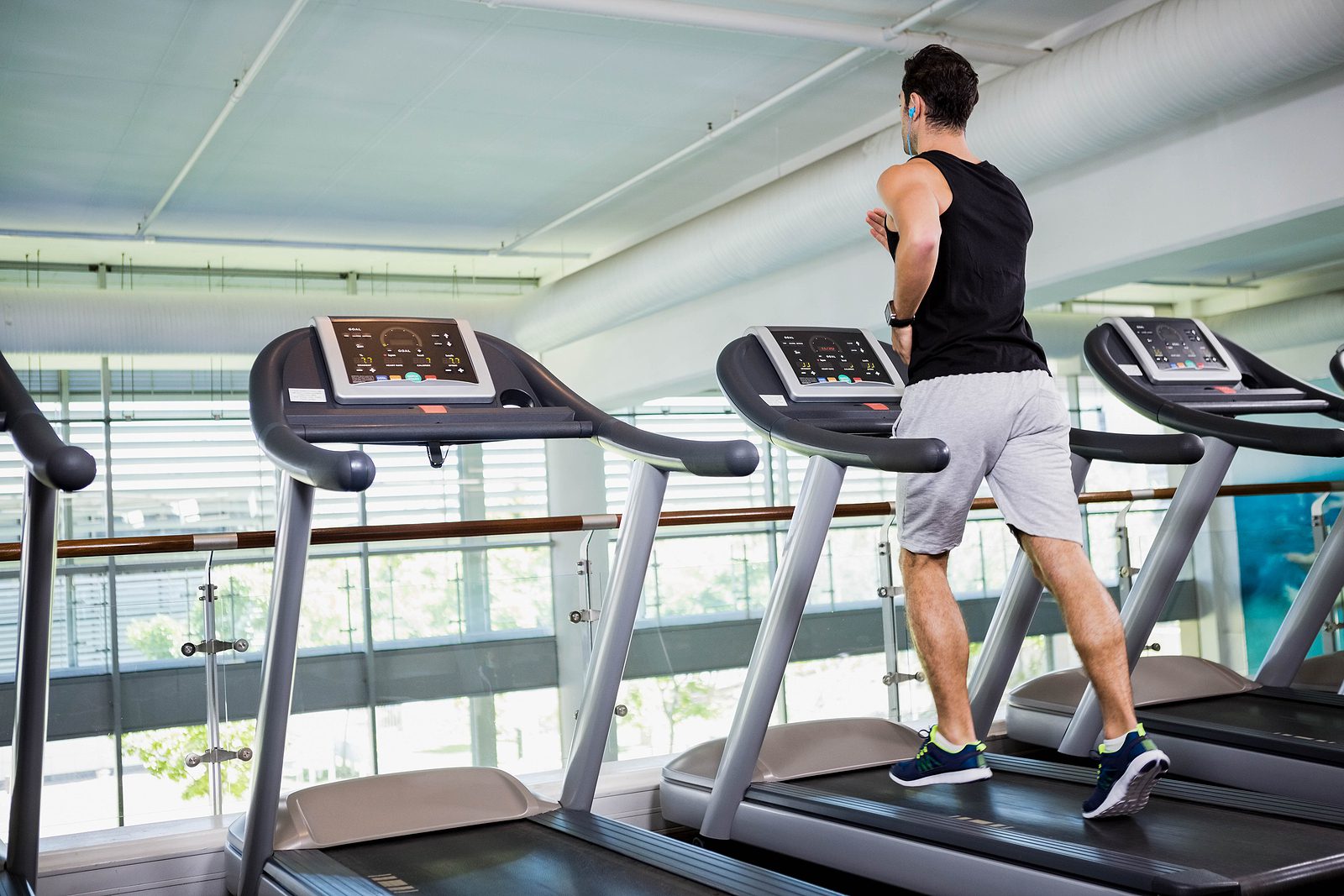 This summer I became obsessed with American Ninja Warrior. OK, maybe “obsessed” is a little strong, but face it, the show is entertaining. I like how all the athletes have different nicknames that represent exactly who they are. I like the backstories about the competitors. I like how friends and family come out to support their athletes and cheer every little victory. I like how the announcers get more excited than anyone else. And, I like that the entire family can watch it together.
This summer I became obsessed with American Ninja Warrior. OK, maybe “obsessed” is a little strong, but face it, the show is entertaining. I like how all the athletes have different nicknames that represent exactly who they are. I like the backstories about the competitors. I like how friends and family come out to support their athletes and cheer every little victory. I like how the announcers get more excited than anyone else. And, I like that the entire family can watch it together.
But what really fascinates me are the competitors themselves. Most of the ninjas are not built like the athletes we see in many major sports. But, somehow, they manage to beat obstacle after obstacle, whether it be hanging, jumping, swinging, climbing, or balancing. Endurance, the ability to hang, and agility are all helpful when becoming a ninja warrior, but core strength, stability, and balance are imperative.
So, what exactly is the core and why is it important? Regardless of whether you are an athlete or a casual exerciser, you rely on your core for all activities of daily living. Whether you are walking, running, or just performing daily activities, your core muscles are active: keeping you upright, allowing your body to shift as you move, absorbing impact as your feet hit the ground. If your core is weak, you are susceptible to poor posture, low back pain, and other injuries.
We used to think of the core as just the abdominals and low back. However, core is defined as the center of the body and the beginning point for movement. Core is a term used to describe just about everything on your body that isn’t your arms and legs. Think of your glutes, hips, abdominal muscles, pelvic floor, and upper back as your core. Core is where your power is generated to carry out any movement. Core muscles make it possible to stand upright and move on two feet, control movement, transfer energy, shift body weight, and move in any direction. And yes, while the abdominals play a large role in core stability, they don’t make up the core all by themselves.
Below are some core exercises to help you get started or to supplement your workouts. Who knows, maybe you can become the next…American Ninja Warrior.
Bird Dog

Start on all fours with hands under shoulders, and knees under hips. Engage your core by drawing belly into spine. Keep your spine neutral and eye gaze down or slightly forward. Lift one arm and the opposite leg until they are in line with the rest of your body. Pause, then lower back to floor and switch sides. To advance the move, lift arm and opposite leg then move both towards opposite corners of the room without any movement in your hips, back, or shoulders. Return to starting position and repeat on other side.
Dead Bug
Lie on back with knees bent and feet flat on the floor. Raise bent legs so knees are stacked over hips, keeping a 90-degree bend in your knees. Brace core by drawing belly towards spine and keeping low back close to the floor. With palms facing each other, bring arms up to point towards ceiling. Straighten your left leg and bring it towards the floor (without touching) while bringing your right arm back towards the floor. Pause, and return to starting position. Repeat, using other arm and opposite leg. If you find your back arching, try keeping your leg a little higher.
Forearm Plank

Lie face-down on the floor with feet hip distance apart and forearms on the ground, elbows under shoulders. Draw in core to engage abdominals and tighten glutes. Lift body off the ground, keeping knees down if needed. Body should form a straight line, with hips and shoulders even. Hold for 30 seconds and return body to the ground. To advance, lift the knees off the floor, so your body is in a straight line from crown of head to heels. If your back is arching or hurts, it’s a good indication that your core is not braced. Try going back to your knees or bracing core more.
Sources:
https://breakingmuscle.com/fitness/
https://www.silversneakers.com
https://greatist.com/


